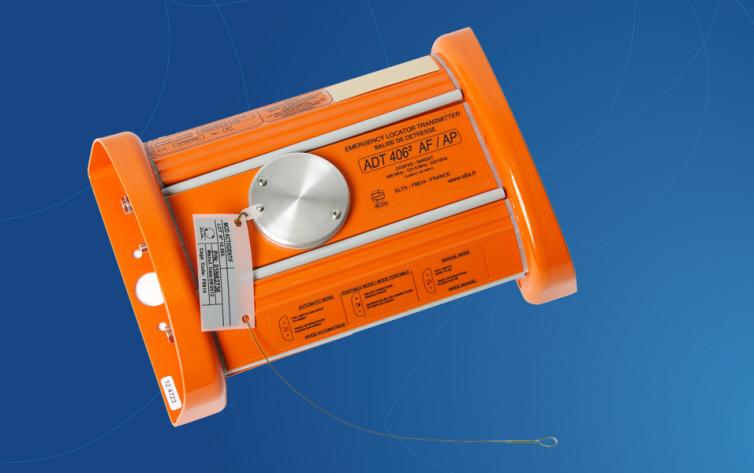Taking a trip via rivers is absolutely the earliest and among the most efficient methods of travel; however, not necessarily the smoothest. Ships sailing across water bodies are known to have encountered a problem or into another ship quite regularly. Right from the start, the ship wreckages that would set you back great deals of life as well as property prevail. Sure, the seriousness of such accidents has transformed in nature as well as to some extent, even decreased, owing to much better call for help
A distress signal is commonly a call for aid sent by an individual or ship. Yet given that the traveling via waterways is one that has been around the lengthiest, most constant uses emergency signals are made by ships in danger.
Sorts of distress signals
A call for help is basically something that will attract attention to attain some help. The nature of these signals has transformed a lot over time. Today, the majority of frequently made use of distress signals are radio-based signals that are interpreted with satellite systems, making them far more efficient, quick as well as specific.
However, even though intricate modern technology is available, the old kinds of these marine signals like aquatic flares as well as flags are still made use.
The radio helps
Amongst the different kinds of call for help available, apparently one of the most crucial ones are the radio-controlled signals which include the ever before renowned Morse code and CQD.
It is believed radio signal initially for help was sent by a ship someplace in the 1890s, couple of years later the Morse code came into existence. The start of SOS can be dated back to someplace around 1909 when it was first used to ask for help. Some think that SOS is an abbreviation for “save our ships” and even “Save our souls” but those that have studied it thoroughly think it was simply a recommended form of signal due to its simplicity in being transferred especially in times like battles, where it was most frequently used. Later the “Mayday” signal additionally began.
To learn more about Emergenchy Transmitter Finder, please click on the link.
















